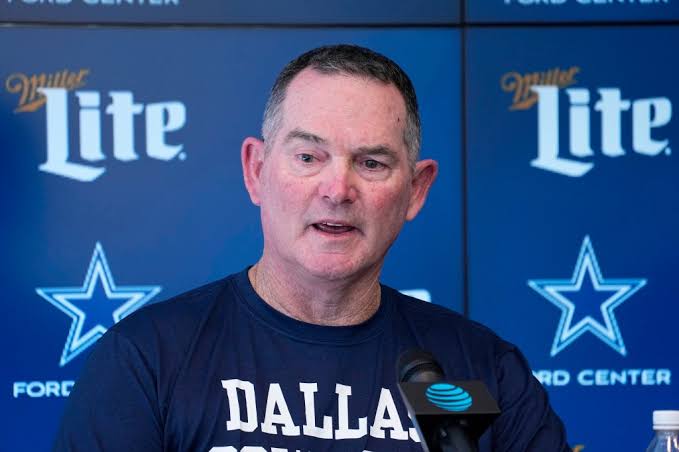To succeed against blockers, rushers need to make a quick impact, especially against elite players like Micah Parsons or DeMarcus Lawrence.
The Cowboys created significant pressure on Watson, targeting him 25 times across 56 dropbacks. Their approach was varied, with pressure coming from different angles, including occasional blitzes. Watson often had to scramble, even before the pressure was intense, and was caught six times by the Cowboys defense.
The defense’s unpredictability kept the Browns’ offense off balance, making it difficult for them to find rhythm.
Additionally, the Cowboys’ defense excelled in stopping the Browns’ ball carriers. Running plays were stifled, and short passes remained ineffective.
The defense reacted quickly to the ball’s direction, with defenders making critical open-field tackles. This effectiveness stems from the defense’s versatility and ability to perform multiple roles.
For instance, Jourdan Lewis is a formidable tackler who can quickly switch from covering his assignment to stopping a ball carrier. Eric Kendricks seamlessly transitions between pass-rushing and pass-coverage.
DeMarcus Lawrence is notably relentless, able to pursue and tackle any ball carrier from any part of the field. The combination of these skills highlights the defense’s dynamic nature, benefiting from both individual talent and effective coaching.
While it’s wise to temper expectations after just one game and await more challenging opponents, it’s worth recognizing that Zimmer’s complex defensive schemes are a new advantage for the Cowboys. Historically, the team relied on talent alone, often falling short against more strategic opponents.
Now, with Zimmer’s innovative approach complementing their existing talent, the defense is showing a promising new edge.
This strategic advantage, coupled with a talented roster, suggests that the Cowboys are on a path to significant success.




